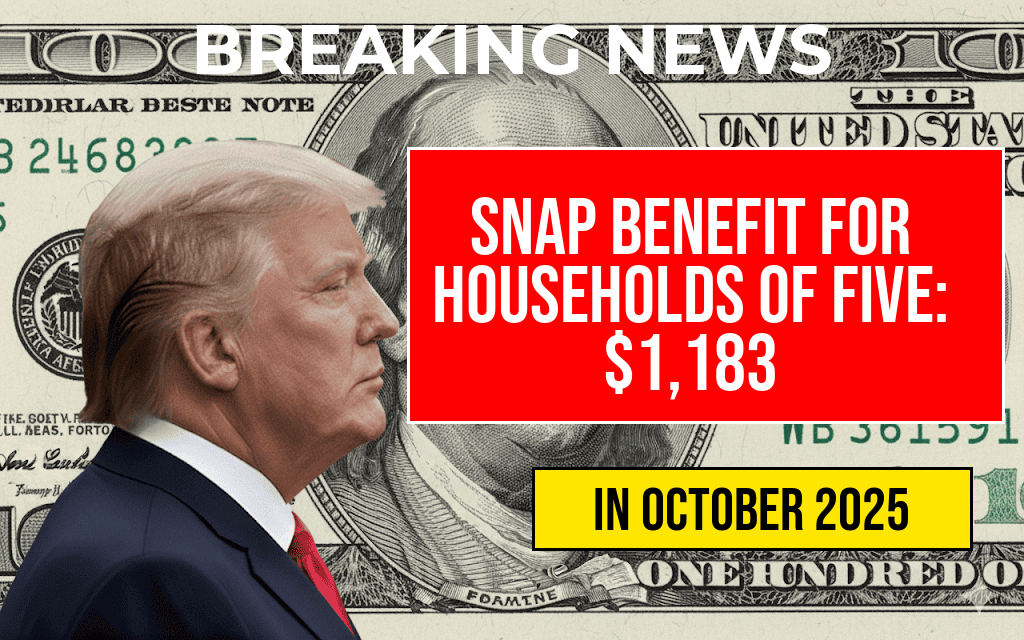Recent findings reveal that nearly half of eligible individuals are not taking advantage of the Women, Infants, and Children (WIC) program, leading to a significant annual loss of funds designated for purchasing fresh produce. The U.S. Department of Agriculture (USDA) estimates that this oversight results in an annual loss of between $312 to $936 per eligible participant, severely impacting access to nutritious foods for low-income families. As the demand for healthy food options rises, the gap in WIC enrollment highlights a critical public health issue that requires immediate attention from policymakers and community organizations.
Understanding WIC Benefits
The WIC program provides essential nutritional support to low-income pregnant women, new mothers, and young children. Participants receive checks or electronic benefits to purchase specific food items, including fruits and vegetables, which are crucial for healthy growth and development. However, the latest data suggests that around 50% of those who qualify for these benefits are not enrolled, missing out on significant financial support intended to improve their diets.
Reasons for Low Enrollment
Several factors contribute to the low participation rate in the WIC program:
- Lack of Awareness: Many eligible families are simply unaware of the program or its benefits.
- Complex Application Process: The application process can be daunting, with various eligibility requirements that may deter potential participants.
- Stigma: There can be a social stigma associated with receiving government assistance, discouraging individuals from applying.
- Accessibility: Limited access to WIC clinics or resources in certain areas can also hinder enrollment.
Financial Implications of Missing Benefits
The financial impact of not utilizing WIC benefits is profound. According to the USDA, the average loss of $312 to $936 per eligible person not enrolled translates into a substantial decrease in food security for families. For many households, this amount could mean the difference between a healthy diet and food scarcity.
Local and National Responses
In response to these alarming statistics, various organizations are working to increase awareness and accessibility of the WIC program. Community health initiatives are focusing on outreach efforts that inform potential participants about the benefits and simplify the application process. Additionally, some states are implementing technology solutions to streamline enrollment and provide easier access to benefits.
| Eligibility Status | Average Annual Loss |
|---|---|
| Eligible and Participating | $0 |
| Eligible but Not Participating | $312 – $936 |
Potential Solutions
Increasing participation in the WIC program could significantly enhance food security for low-income families. Some proposed solutions include:
- Marketing Campaigns: Targeted marketing campaigns aimed at informing communities about the program.
- Partnerships: Collaborations with local grocery stores to promote WIC-approved items.
- Mobile Clinics: Deploying mobile clinics to reach underserved areas could make it easier for families to apply and receive benefits.
Future Outlook
The U.S. government and advocacy groups are increasingly recognizing the importance of the WIC program in promoting public health. As discussions continue on how to improve enrollment rates, the focus remains on ensuring that eligible families can access the nutritional resources they need. The potential benefits of increased participation could lead to healthier communities and reduced healthcare costs associated with diet-related illnesses.
For more information on the WIC program and its benefits, you can visit the USDA WIC page or read more about its impact on food security in the Forbes article.
Frequently Asked Questions
What is the WIC program and who is eligible for it?
The WIC program, or Women, Infants, and Children, is a federal assistance initiative designed to provide nutritional support to low-income pregnant women, new mothers, and young children. Eligible individuals must meet certain income requirements and nutritional risk criteria.
Why are so many eligible individuals missing out on WIC benefits?
Many eligible individuals are missing out on WIC benefits due to a lack of awareness about the program, complex application processes, or stigma associated with receiving government assistance. Educational outreach is crucial to help increase enrollment.
What are the financial implications of missing out on WIC benefits?
Those who do not enroll in the WIC program are losing out on valuable produce funds, which can range from $312 to $936 annually. This loss not only impacts their nutritional intake but also affects local economies where these funds are spent.
How can eligible individuals apply for WIC benefits?
Eligible individuals can apply for WIC benefits by contacting their local WIC office or visiting the WIC website. The application process typically involves providing proof of income, residency, and nutritional needs.
What types of foods can be purchased with WIC benefits?
WIC benefits can be used to purchase a variety of nutritious foods, including fruits, vegetables, whole grains, dairy products, and infant formula. The program emphasizes healthy eating to promote better health outcomes for mothers and children.






